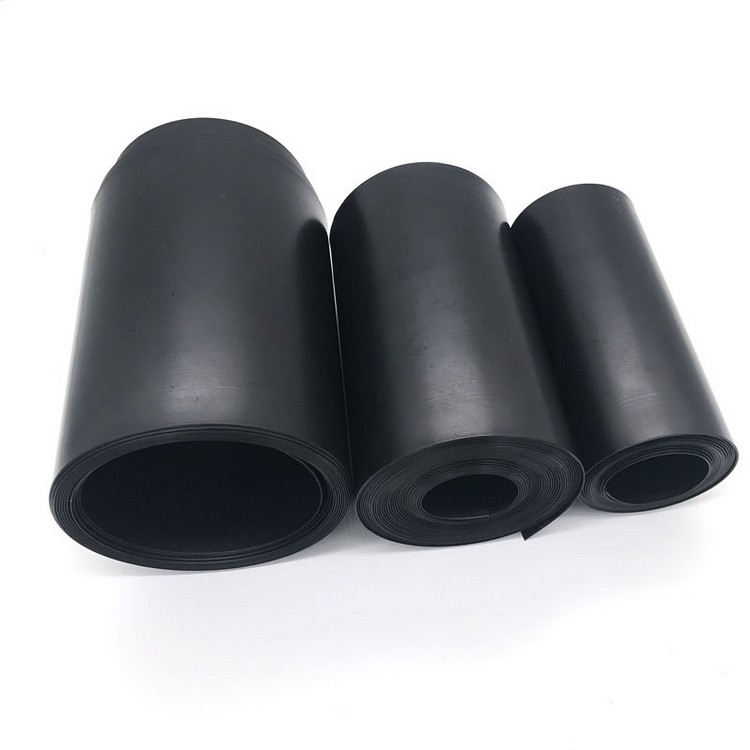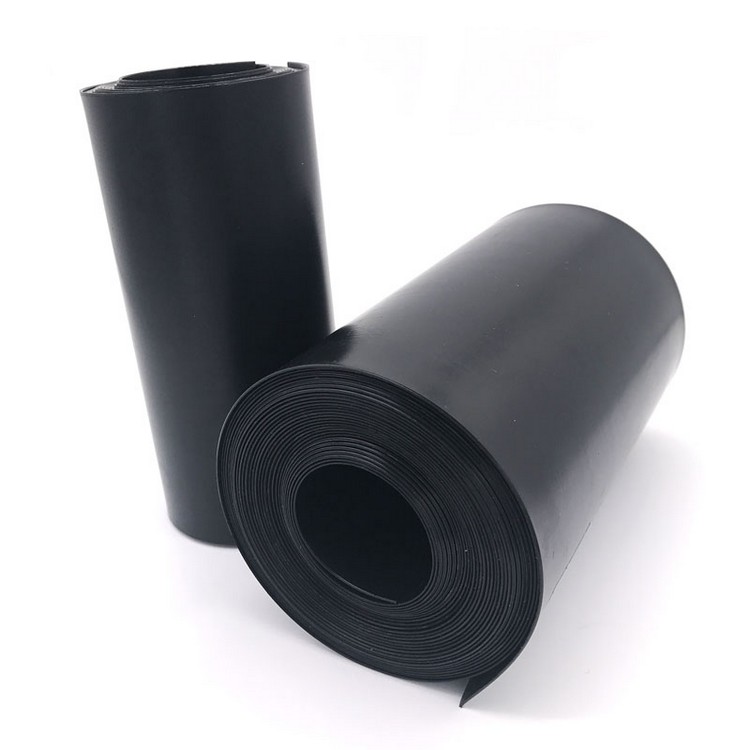Naturalistic backyard ponds welcome frogs and other animals
By some human standards, my pond is a hot mess. Underneath and around the water lilies are fallen leaves, branches and other debris of decomposing plants. Along the edges, sea oats, sedges and swamp sunflowers hug the rocks. Fish Farming Pond Liner

But if humans are picky in their desire for orderliness, frogs are just as picky in their need for the opposite. By amphibian standards, the watering hole my husband and I carved out of our remaining lawn is an oasis: A still-water pond filled with decay brims with life. Ours is only 10 feet in diameter, but what it lacks in size it makes up for in rich habitat.
In the wild, some natural ponds “smell not the greatest,” says Cy Mott, an associate professor of biology at Eastern Kentucky University. “Amphibians not only don’t care about that, they can sometimes determine where a pond is and how high-quality it is by the smell. When I go wading into some of my [study] ponds, it’s straight-up methane because you’re releasing the products of decomposition. But it’s great for amphibians.”
That doesn’t mean you have to create a stink in your garden; our pond is inoffensive to human noses. But rejecting conventional pond advice—which emphasizes adding counterproductive products (algaecides, bacteria, enzymes) and removing natural materials—can go a long way toward creating productive watery sanctuaries.
“I remember when we were at this really posh plant center in town,” says Theresa Berrie, a naturalist and permaculture gardener in Ridgeway, Wisconsin. “They put in a lot of expensive ponds for people. We asked about whether you can have a pond without a pump, and they said, ‘That won’t work; you can’t put dirt in the bottom.’ They had a whole wall of chemicals.”
Since then, Berrie and her partner have built and nurtured a lush pond without pumps or chemical inputs that draws frogs, birds and dragonflies to their 60-foot-by-140-foot yard. A synthetic rubber liner is topped by soil and rocks that hold roots of native arrowheads. Berrie’s experience inspired her to write the book How to Build a Backyard Wildlife Pond, a helpful gem that dismantles prevailing industry myths.
Many people assume that ponds go hand in hand with koi, goldfish or mosquitofish. But fish eat tadpoles and frog eggs, along with invertebrates that adult frogs need in their diet. Just as concerning, purveyors of pond products suggest maintaining oxygen levels for introduced fish by removing fallen leaves and killing algae, practices that eliminate food and shelter for amphibians. Pumps can suck in frog eggs, tadpoles and dragonfly nymphs; waterfalls and powerful aerators create turbulence that breeding frogs avoid.
Unobstructed, open waters increase predation risk, so ponds need structural elements. “It’s what we would call habitat heterogeneity,” Mott notes. “You need a lot of twists and turns and hiding places, submerged grasses … and things like submerged branches. Most of my best breeding ponds are just chock full of downed limbs.”
Animals find uses for decaying plant matter year-round. In spring, wood frogs attach egg masses to fallen stalks. In summer, green frogs chill under pieces of bark. Tadpoles eat decomposing leaves, and caddis flies—who filter water by consuming plant and animal debris—fashion leafy cases to protect themselves. At pond bottoms, rocks and fallen leaves offer winter shelter.
Branches and stacked rocks also create exit ramps, which are especially important in preformed plastic shells with vertical sides. If you dig your own pond, you can mimic natural sloping; be sure to dig the deepest part below the frost line where fully aquatic frogs can safely overwinter. (Your local cooperative extension office can help identify your region’s frost line.)
Leaves release nutrients and feed algae as they break down. Algal blooms—caused by fertilizer runoff, sewage and factory farm waste—lead to oxygen-depleted waterways when algae die and decompose. But a certain amount of algae is essential. Tadpoles graze on algae, as do insects and protozoans. Algae camouflage wood frog eggs from predators. And they form symbiotic relationships with spotted salamanders; salamander eggs receive oxygen while algae receive nutrients from waste products of developing embryos.
One late spring, filamentous algae began forming in our pond … but quickly disappeared as dormant water lilies greened up. That’s because algae aren’t the only plants that need nutrients. As larger species absorb nitrogen and phosphorus to fuel spring growth, they keep algae from claiming too much and overwhelming ponds.
Around pond edges, plants create critical moist environments for toads, tree frogs and other amphibians who forage on land. It’s important to stick to native species, though. Mott’s team found that fallen leaves of invasive amur honeysuckle reduced water oxygen levels, increased phenolic compounds, led to reduced frog egg-laying and lower tadpole survival, and virtually eliminated larvae from a once diverse community of aquatic insects.
Fish-free, still-water ponds have an undeserved reputation for attracting mosquitoes. But fish aren’t the only mosquito predators. “There are no extra mosquitoes in our yard,” says Berrie. “The frogs are eating them all, and the dragonflies are eating them all.”
Mosquitoes breed in stagnant water, but natural ponds are in constant motion. Water striders, predaceous diving beetles and frogs consume mosquito larvae. Dragonflies, some of whom can eat hundreds of mosquitoes daily, zip over the surface. Hummingbirds nab adult mosquitoes and feed them to their young.
At a time of rising temperatures and shrinking wetlands, our pond is also a lifesaver for butterflies, mud dauber wasps, cardinals and sparrows, who all sip at the edges. Rabbits, foxes, deer, chipmunks and raccoons swing by for nighttime libations. Unfortunately, many homeowners use harmful products like netting to exclude some of these animals. But a humane pond is a 24-hour tavern that doesn’t discriminate, welcoming all comers to its “messy,” vibrant shores—and bringing far more beauty and life than a sterile, chemical-laden pond ever could.
This was written and produced by the team behind All Animals, our award-winning magazine. Each issue is packed with inspiring stories about how we are changing the world for animals together.
By providing your mobile number, you agree to receive autodialed, recurring text messages from the HSUS with updates and ways you can help animals. Message and data rates may apply. Text STOP to 77879 to opt out, HELP for info. Privacy policy. Terms and conditions.
© 2023 The Humane Society of the United States Privacy policy and terms.

Smooth Surface The Humane Society of the United States is registered as a 501(c)(3) nonprofit organization. Contributions to the HSUS are tax-deductible to the extent permitted by law. The HSUS's tax identification number is 53-0225390.